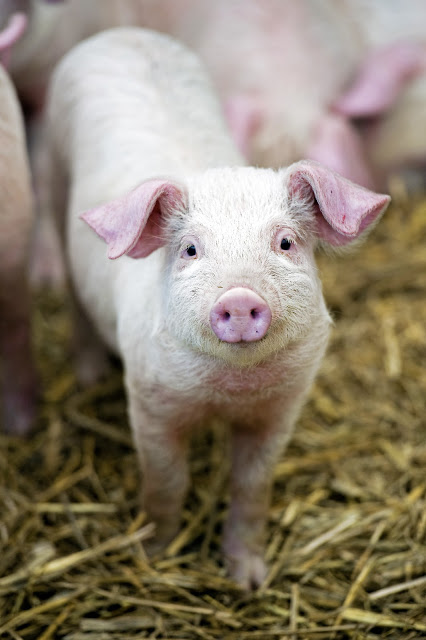“When a person responds to the joys and sorrows of others as if they were his own, he has attained the highest spiritual union.”
~ Bhagavad Gita (6:32)
We are hard wired for compassion and empathy. Mirror neurons are brain cells that fire both when something happens to us and when we observe that same thing happening to someone else. They are the reason we cringe when someone gets hurt.
For that moment we feel that person’s pain. Rather than suppressing this natural response, we can actively choose to embrace it—to think, speak, and act with compassion.
Ahimsa, or non-harming in thought, word or action to all living beings, is the first yama of Raja yoga. Ahimsa is the first practice on the path to enlightenment because it helps us dissolve the illusion of otherness.
Compassion is essential to the practice of ahimsa, because it breaks down the barriers between “us” and “them.” When we dissolve the illusion of otherness through compassion we begin to see others in ourselves. As we wish to be happy and free of suffering, through the practice of compassion we realize that others also wish to be happy and free of suffering.
When we look into the eyes of an animal we see a sort of familiarity, an inner light of awareness expressing itself through this being, and no different from our own inner light. Animals experience reality similarly through their senses just as we do, they express emotions, they have individual personalities, they nurture their young, and form strong bonds with one another.
Because we have the ability to empathize with an animal due to these similarities, it’s likely that we feel a desire to help if we see an animal being mistreated or suffering in any way.
We have influenced policy so that animals are protected from harm and their suffering is minimized. However, not all animals are considered worthy of the smallest of kindnesses. Peter Singer, author of Animal Liberation, explains:
“Under the Animal Welfare Act of 1970 and subsequent revisions, standards have been set requiring cages for animals to ‘provide sufficient adjustments with adequate freedom of movement.’ This act applies to zoos, circuses, wholesale pet dealers, and laboratories, but not to animals being reared for food.”
Due to the high demand for meat, egg and dairy production, animals in factory farms are often packed into areas too small to move. Hens used for egg production spend one-two years of life in battery cages with five to 10 other hens, each hen with no more room than a sheet of letter-size paper.
Their beaks are seared off so they don’t peck one another, they are unable to spread their wings, and suffer from feather loss, bruises and abrasions.
Breeding sows are kept in gestation crates during the entirety of their pregnancy. Gestation crates are not much larger than the size of their own bodies, making it impossible to lie down comfortably or turn around. The floors of the gestation crates are slatted so that manure can fall through. Laying in their own waste exposes them to high levels of ammonia contributing to respiratory diseases while the slatted floors takes a toll on the pigs’ hooves causing foot pain and joint damage.
These are just a few examples of harsh conditions farmed animals endure.
Animals used only for profit succumb to the greatest of abuses. Although the Animal Welfare Act applies to animals in zoos, circuses, wholesale pet dealers, and laboratories, they also undergo countless abuses to increase productivity. It’s in the awareness of animal suffering that we may consciously shift our currently held beliefs about the use of animals to a more broadened and compassionate point of view.
As we broaden our circle of compassion to include all species, we begin to break down the divide between us and them. When we see their pain, we respond to it as if it were our own. We strive to make more compassionate choices in our daily lives so that we aren’t contributing to animal suffering or the harmful systems keeping these practices in place.
Practicing non-harming isn’t perfect. Stepping outside, we could be killing insects just by walking across the grass, but that doesn’t mean we shouldn’t do the best we can. Colleen Patrick-Goudreau, author and activist, stated, “Don’t do nothing, just because you can’t do everything.”
There are numerous compassionate choices we can make every day, including eating plant based meals, buying products that aren’t tested on animals, or visiting a farm sanctuary/local animal shelter instead of a zoo/circus.
As we continue to respond to our naturally ingrained compassion, we can begin to explore our daily choices more consciously. We can choose to make daily choices that do the most good and least harm to other people, animals and the environment. May we strive to attain the highest union by responding to the joys and sorrows of others as if they were our own.
Love elephant and want to go steady?
Sign up for our (curated) daily and weekly newsletters!
Editor: Travis May
Photo: Jason Lovell/Pixoto











Read 0 comments and reply